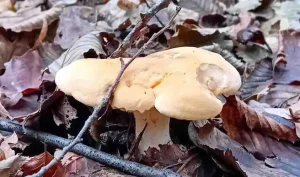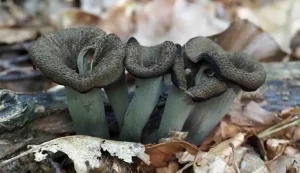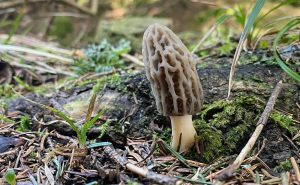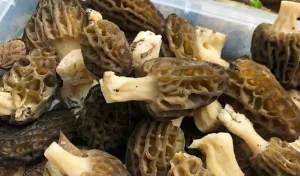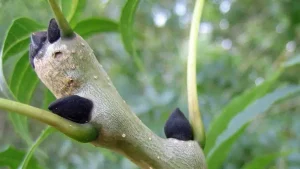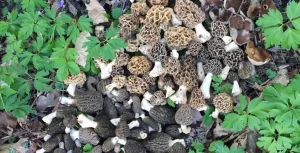King boletes, also known as porcinis, are a forager’s dream. These mushrooms are renowned for their sweet, nutty flavor and substantial size.
But locating them in the wild can be a challenge. Here’s your comprehensive guide to finding, identifying, and harvesting king boletes.

1. Recognize the King Bolete
A king bolete is easily identifiable by its large, smooth cap, which ranges from light brown to reddish brown. Young caps may have a white “dusting,” while the pores beneath transition from small and white to yellowish and green as they age. Its stem is massive and cream-colored, often with a whitish network on its surface.
2. Timing Is Everything
The key to a successful forage is knowing when to search. King boletes thrive in specific conditions:
- Seasonality: Look for them from late summer to early autumn, especially after significant rains.
- Elevation and Climate: These mushrooms favor high elevations in the summer and lower plains after fall rains, from mid-September to mid-November.
3. Choose Your Location Wisely
King boletes are picky about their habitat. These mushrooms prefer acidic soil and grow under a variety of trees, including beech, oaks, chestnut, common spruce, silver fir, and pines.
4. Harvesting Tips
When you spot a king bolete, grasp it firmly at the base and gently twist to pull it from the ground. Alternatively, cutting it is also acceptable. Clean the bottom on-site to keep your basket clean and reduce cleaning work later.
5. Final Tips for the Hunt
- Patience and Observation: King boletes can be elusive. Walk slowly and keep your eyes peeled, especially in areas that meet the habitat requirements mentioned.
- Preservation: If you’re lucky enough to find more than you can consume, king boletes can be dried or frozen for later use, retaining their flavor and texture.
Conclusion
Finding king boletes in Washington is a rewarding experience for any forager. With the right knowledge of when and where to look, along with patience and a bit of luck, you’ll be able to enjoy one of the culinary world’s most prized mushrooms. Remember, every foraging expedition is an adventure, and even if you come home empty-handed, the experience and connection with nature are well worth it.
